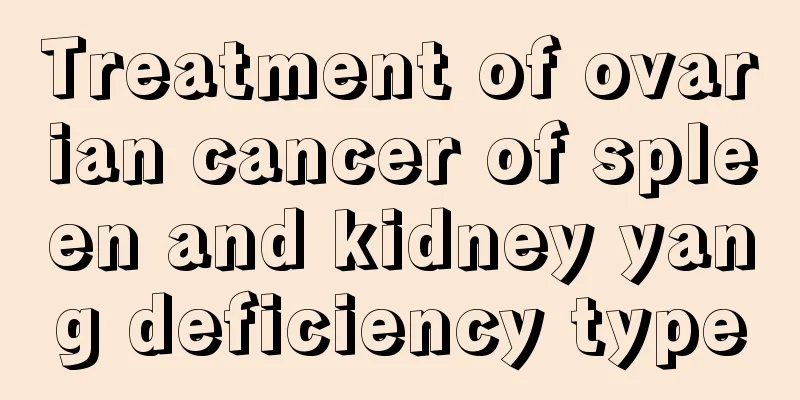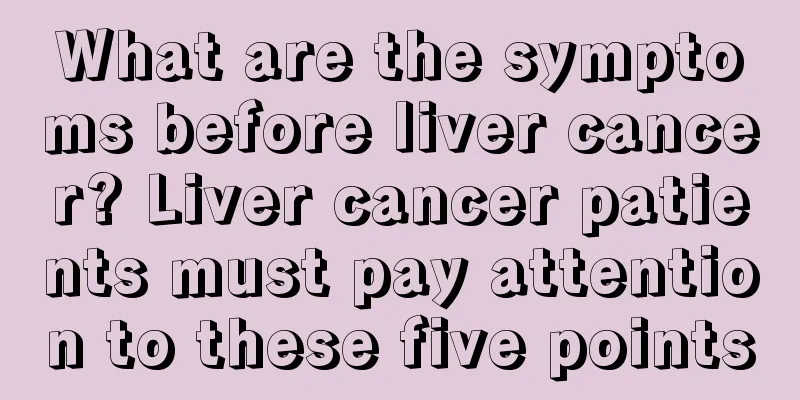How to treat frictional eczema?

|
Eczema is a very painful skin disease that is common in children. As people are under increasing pressure in modern life, many young people also suffer from eczema. The eczema in young people is mostly frictional eczema, which is different from the onset of eczema in children. It is a skin disease caused mainly by friction of clothing. Let’s take a look at how to treat frictional eczema? Dermatitis eczema is a common inflammatory skin disease of the epidermis and superficial dermis caused by a variety of internal and external factors. It is characterized by severe pruritus, polymorphic and symmetrical distribution of skin lesions, a tendency to exudate, a chronic course, and easy recurrence. General treatment 1. Find the cause of the disease, isolate allergens, avoid contact, abstain from alcohol and allergenic, spicy and irritating foods, avoid excessive fatigue and mental stress, pay attention to skin hygiene, do not use hot water to wash the skin, do not use highly irritating drugs indiscriminately, and actively treat systemic diseases. 2. Systemic treatment: Western medicine is mainly used to relieve itching and anti-allergy, and antihistamines and calcium supplements can be used. Herbal treatment focuses on clearing away heat and dampness, dispelling wind and clearing heat, nourishing blood, dispelling wind and moistening dryness. Drug therapy Drugs containing corticosteroids are definitely effective when applied topically to eczema, and can be chosen for mild or small-scale eczema. For large-scale eczema or recurring eczema, if corticosteroids are used frequently, in large quantities, or for a long time, there will be systemic or local side effects. Not to mention the systemic side effects, the local side effects on the skin remind us to choose carefully. Therefore, try to avoid using large doses of topical corticosteroids for a long time or in a short period of time. Herbal cream overcomes this drawback. If you use it twice a day, the treatment is safe and thorough. The more prominent side effects of local skin administration of corticosteroid-containing drugs are drug-dependent dermatitis and rebound dermatitis. Drug-dependent dermatitis refers to the inability to stop taking corticosteroids for eczema. Rebound dermatitis refers to the fact that after using topical medications containing corticosteroids, the eczema condition can improve rapidly, but once the medication is stopped, redness, tenderness, itching, cracks, scaling, and even pustules may occur at the medication site (especially the face) within one or two days, making the eczema worse. When the hormone medication is used again, the condition will quickly improve or disappear; if the medication is stopped again, rebound dermatitis will recur and be more severe than before. External treatment prescription In addition to taking internal medicine (food) for eczema, the therapeutic effect will be better if it is combined with external herbal treatments. |
<<: Remedial measures for poor embryo development
>>: How to treat eczema on fingers?
Recommend
The efficacy and function of fresh persimmon
In our daily lives, we always pay attention to ea...
Tips for treating endometrial cancer with traditional Chinese medicine
Endometrial cancer is a group of epithelial malig...
Will I die after glioma surgery
We are not unfamiliar with glioma, which is a mal...
What discomforts do patients with esophageal cancer experience in the early stages?
What are the symptoms of esophageal cancer? Esoph...
Beware! Why does bladder cancer recur?
Patients who have undergone bladder cancer surger...
What diseases does the mental health department treat?
With the development of society, what people purs...
Can enzyme coffee help you lose weight?
In recent years, enzymes are particularly popular...
Can I drink liquor if I have a cold and haven't taken medicine?
When people have a cold, they will feel very tire...
Iron supplements can be used to treat
The cause of iron deficiency anemia is the lack o...
Dietary considerations for colorectal cancer
Colon cancer can cause great harm to people, and ...
What is the best way to remove neck wrinkles?
Neck wrinkles are actually a type of wrinkles tha...
What symptoms are the prelude to lung cancer
Lung cancer is a relatively common disease, and i...
What are the main manifestations of emotional disorders
Negative emotions not only bring us a bad mood, b...
Lumbar vertebral compression fracture
Fractures are not unfamiliar to us. In our daily ...
Pain under the left ribs after drinking
In the eyes of many people, drinking is seen as a...









